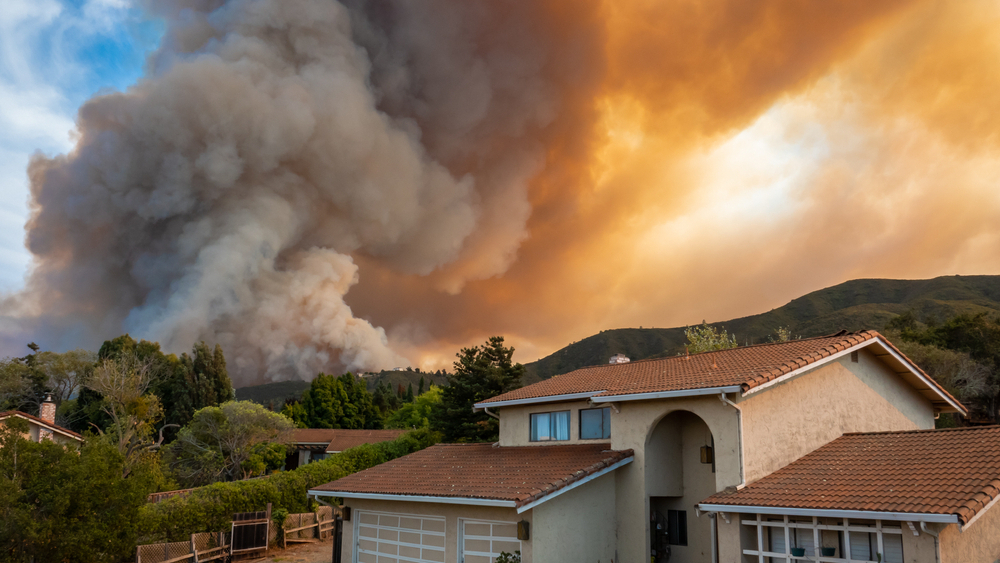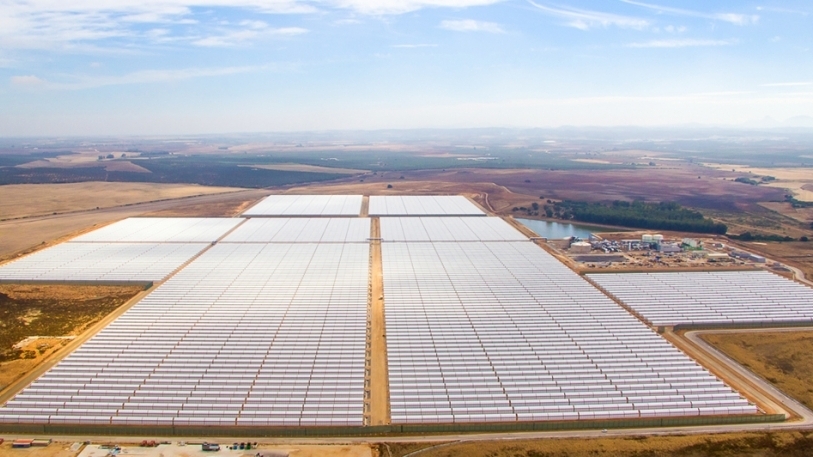
Green capital needed to avoid 100% GDP drop in small island nations
A new report has revealed the unprecedented climate impact that awaits a number of smaller countries, as well as investors and insurers in 2024.
Several small countries that are extremely vulnerable to climate risks may lose over 100% of their GDP from extreme climate shocks next year, according to new research.
The findings, which underline the scale and severity of the risks faced by the a range of smaller countries on the southern hemisphere, including a host of smaller islands, warn that these nations bear these overwhelming threats almost alone.
They primarily involve small, climate-vulnerable countries across the Pacific, Caribbean and Indian Ocean. At present, these countries face foreseeable losses of between 50% and over 100% of annual GDP from extreme climate events, such as severe droughts, tropical cyclones and floods.
By 2050 losses are set to grow between 10-15% due to climate change alone, approximately 0.5% per year, the researchers concluded.
Net Zero Investor's Annual Conference | 11th December 2023 | London
The report, which models loss and damage (L&D) implementation, calls on the insurance sector to implement a number of changes to make these risks more insurable.
The researchers from the University of Cambridge Institute for Sustainability Leadership stress that, with input from private investors, damage could be limited.
Through (re)insurance and capital markets models, to dramatically scale up the impact of L&D funding, "intolerable financial risks", as the researchers put it, faced by this group of countries could be reduced to just 10% of GDP.
They also outline an action plan for L&D implementation across 100 less developed, climate vulnerable countries. It proposes leveraging donor funding to unlock vast sums from (re)insurance and capital markets to provide guaranteed financial protection to exposed communities now, and through to at least 2050.
Regardless of where negotiated outcomes on L&D settle at COP28, the researchers stressed, private sector innovation investment will be needed to apply to enable vulnerable nations to prepare financially for the future.
Counting down to COP28
Find all our coverage here




